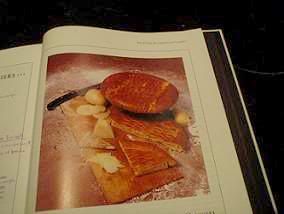An Alternate "Rustique" - Caramelized Hazelnut and Blueberry Spelt Sourdough
I confess this came as an accident. When I was scanning Michel Suas' Advanced Bread & Pastry, his [b]Caramelized Hazelnut Squares[/b] (page 248) caught my attention. I sometimes make for my kids Hazelnut Praline Semi-Freddo; nothing pleases my boy more than that Italian ice cream. Suas' formula to me is like incorporating a secrete ingredient in a delicious ice cream into a bread. I was however not sure about having to prepare 2 sponge preferments plus 2 levains just to make this "Squares."

